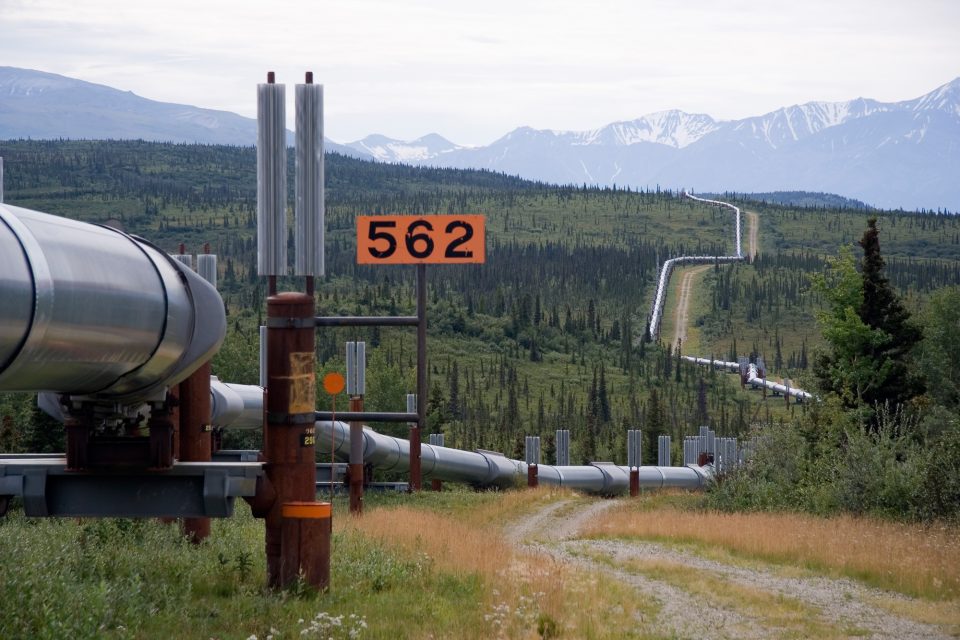Transmission pipelines for oil and gas require to be monitored for their maintenance and safety purposes such as to prevent the occurrence of accidents and failure of equipment. A new technology known as Unmanned Aerial Vehicles (UAVs) technology if fast proving to be an opportunity for pipeline monitoring. Small UAVs are a smart solution as they are easily adaptable and flexible and have a reliable capacity to gather data on a smaller or medium scale. Through various trials and errors in their research and operations, UAVs have proved to be a trusted method when it comes to oil and gas pipeline monitoring.
Till present, most of the oil and gas pipeline monitoring systems in current use or undergoing development have the basis of the concept of large UAV platforms, flying at heights that allow repetitive coverage of vast areas and scanning of areas where there is a threat to security e.g. Angola-Nigeria. These are very expensive and are complicated systems that are drone-based, with most of them being military grade. The swift expansion and growth of platforms that are small in scale such as mini or micro UAV, along with sensors as a component of the UAV technology, shows a big potential for pipeline monitoring works in a complementary manner and at a more smaller and local scale. Different monitoring goal has a suitable and appropriate strategy and accordingly it uses a combination of platform and sensor.
Proposed UAV system pipeline monitoring
According to research conducted by scientists at the University of Aberdeen, using aerial drones for oil and gas pipeline monitoring could bring substantial advantages to its operators. The network of pipelines require timely and periodic inspection and monitoring for maintenance, security and safety. Pipeline monitoring is usually done by somebody checking it out physically or with the help of helicopters. However, scientists believe using drones for pipeline monitoring will bring better results especially scanning areas that are tough to reach.
The primary risk that an oil or gas pipeline poses is the possibility of a leak or spill that will affect the surrounding environment causing which will not only be disastrous but also pose a risk of an explosion. A fool-proof system for pipeline monitoring needs the usage of specific sensors that can identify any type of corrosion or rust or if the pipeline is situated underground, the presence of methane or a change in the vegetation surrounding the pipeline that show a failure.
This type of technology is fast progressing to a stage where these highly developed sensors are now fitted in compact sizes so that they can be easily mounted on a UAV. One of the many benefits of using drones is that it is possible to programme them to cover large areas in more organised manner along with reaching out to areas that are otherwise hard to access.
This is not only more cost-effective but it also provides the inspectors with a flexible answer to any problems of limited or restricted access, which may turn out to be vital in recognizing a problem. For the full development and use of this technology, certain rules will have to be in place.
However, researches show that drones have an important contribution to make when it comes to oil and gas pipeline monitoring and maintenance. Oil and gas companies are proactively working out on how to incorporate UAVs into their Intelligent Pipeline Management imitative. A considerable amount of studies for its feasibility have been conducted, but only a few cases are currently at an operational stage.
Advantages and Restrictions of UAVs for pipeline monitoring
The utilisation of small UAVs, like any other technology, have some advantages but also some restrictions for pipeline monitoring. The Pros of having small UAVs over other methods is that it has a lower cost, better safety and very reliable mission flexibility. Compared to this, ground and manned aerial surveys are further expensive and manned aerial surveys are far less secure and leave little room for flexibility.
In addition, where the UAVs cannot go further to a higher altitude due to wind factor, cloud cover or other climatological factors, small UAVs function at a relatively less height than 150m that further gives high spatial resolution images as an outcome. Also, there are also waterproof UAVs and can fly in bad weather conditions, providing a way safer alternative to manned flights in stormy weather or extreme desert-like climates.
Factors to Consider for Small UAVs
The selection of a small UAV system for oil and gas pipeline monitoring depends on a number of factors. The type and kind of information needed to complete the monitoring process is of utmost importance such as visual records of the infrastructure to be inspected, physical aspects such as temperature, etc.
The physical aspects of the area surrounding the inspection site, such as, ease of access, topography, distance, etc. pose restrictions in the case of certain systems or configurations. A few other factors such as the regulations and compatibility of the components of the UAV are also vital while considering a small UAV system for any particular monitoring operation.
Conclusions Regarding pipeline monitoring
UAV technology has a potential application when it comes to oil and gas pipeline technology. It has the capacity to provide support and also, in some cases, be a substitute for other traditional methods of pipeline monitoring. Small UAV systems are evolving rapidly as very effective tools for closely inspecting the infrastructure and for timely investigation of the environment.
Shrinking the size of specific sensors for the purpose of detection, identifying and reporting of hydrocarbon leaks, improving the battery power for missions that are of a longer duration and demand more power and development of detailed and exact rules are the current characteristics that are necessary for the complete development of this technology which is expected to be achieved soon in the future.
Unmanned vehicles are expected to undertake a variety of tasks which includes monotonous and also unsafe operations and small aerial platforms can improve security and environmental protection. In the near future, UAVs are expected to be an important aspect in oil and gas pipeline monitoring, inspection and maintenance.







